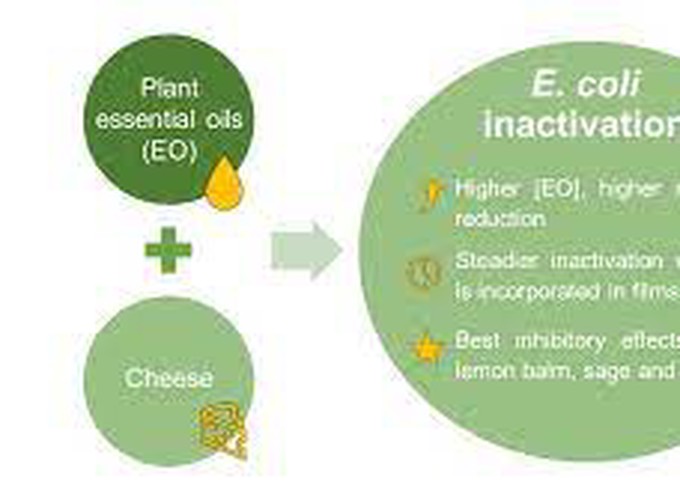

Biopreservation methods based on the use of lactic acid bacteria (LAB) have been proposed as hurdles to increase the microbiological safety of many products, including fermented milk and cheese. For that reason, the objective of this research was: (i) to collect all available literature on Bacillus cereus, Clostridium perfringens, Listeria monocytogenes, Listeria innocua, Staphylococcus aureus and Escherichia coli inactivation in milk and cheese containing LAB; and (ii) to harmonise the retrieved data by constructing two separate meta-regression models that summarise LAB effectiveness. After systematic review, 426 observations on log reduction data were extracted from twenty studies. The results suggest that exposure time, antimicrobial and pathogen’s inoculum concentrations and biopreservative method of application are related to LAB antimicrobial effectiveness. Furthermore, interaction between bacterium and exposure time was found, revealing the distinct LAB inhibitory effect on different pathogens for the same exposure time. One model also showed that, generally, higher microbial reduction can be achieved when LAB are added to milk, while application into cheese surface or mixture tend to present lower antimicrobial effect, even if still adequate for pathogen control. Globally, the results of these metaregression models highlight the opportunity for increased microbial safety of dairy fermented products by adding functional starter cultures.